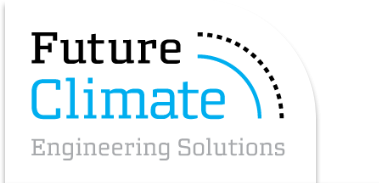Friday, 16th September 2016
Foreign Affairs Minister, Sam Kutesa has signed Uganda’s instrument of ratification of the Paris Agreement on Climate Change.
 Foreign affairs minister Sam Kutesa signing the Paris Climate Change Agreement in Kampala
Foreign affairs minister Sam Kutesa signing the Paris Climate Change Agreement in Kampala
The agreement was opened for signing on April 22 at a high-level signature ceremony. 174 states and the European Union signed the deal at the event while 15 states deposited their instruments of ratification.
There were 180 signatories as of September 7 2016 to the agreement. Of these, 27 states have deposited their instruments of ratification, accepting or approving accounting for 39.08 percent of the total Global Green House Gas Emissions.
Foreign Affairs Ministry official Margaret Kafeero said today, that the Paris Agreement will enter into force 30 days after at least 55 countries, accounting for 55 percent of global greenhouse emissions, deposit their instruments of ratification or acceptance with the UN Secretary General.
Ban Ki-moon has since invited world leaders to attend a Special Event on September 21, 2016 at the UN Headquarters in New York to deposit their instruments of ratification, acceptance, approval or accession to the agreement.
The event will also provide an opportunity to other countries to publicly commit to joining or ratifying the agreement before the end of 2016.
Kafeero said Uganda’s instrument will be deposited at this ceremony.


 The newsletter explains how engineers can initiate programs to “maximise energy efficiency and reduce demand” as well as ” reducing users’ costs for energy and lowering Greenhouse gas emissions”.
The newsletter explains how engineers can initiate programs to “maximise energy efficiency and reduce demand” as well as ” reducing users’ costs for energy and lowering Greenhouse gas emissions”.